SAMSUNG Odyssey G6 OLED 27″ LS27DG602SMXU G60SD QHD 2560 x 1440 360Hz Gaming Monitor Price in Pakistan
| Brand
Name of the company-manufacturer. |
Samsung |
| Series
Name of the series, which the model belongs to. |
Odyssey OLED G6 |
| Model
Designation of the model. |
S27DG60 |
| Model alias
Other known designations of the model. |
LS27DG600SUXEN S27DG60xS G60SD S27G60SD LS27DG600SCXXF LS27DG602 LS27DG602SNXZA |
| Model year
The year in which this model was announced. |
2024 |
Display
Information about the main characteristics of the display – panel, backlight, resolution, refresh rate, etc.
| Size class
Size class of the display as declared by the manufacturer. Often this is the rounded value of the actual size of the diagonal in inches. |
26.5 in (inches) |
| Diagonal
Approximate diagonal size of the display. If the manufacturer does not provide such information, the diagonal is calculated from the width and height of the screen. |
673.1 mm (millimeters) 67.31 cm (centimeters) 26.5 in (inches) 2.2083 ft (feet) |
| Width
Approximate width of the display. If the manufacturer does not provide such information, the width is calculated from the diagonal and the aspect ratio. |
590.42 mm (millimeters) 59.042 cm (centimeters) 23.2449 in (inches) 1.9371 ft (feet) |
| Height
Approximate height of the display. If the manufacturer does not provide such information, the height is calculated from the diagonal and the aspect ratio. |
333.72 mm (millimeters) 33.372 cm (centimeters) 13.1386 in (inches) 1.0949 ft (feet) |
| Panel manufacturer
Name of the manufacturer of the display panel. |
Samsung |
| Panel type
There are various panel technologies. Each has its own specific features – viewing angles, color reproduction, response time, brightness/contrast, production cost, etc. The image quality depends directly on the type of the display panel used. |
QD-OLED |
| Panel bit depth
The most widely used panels are those with 6, 8, and 10 bits for each of the RGB components of the pixel. They provide 18-, 24-, and 30-bit color, respectively. |
10 bits |
| FRC
Frame Rate Control (FRC) is a method, which allows the pixels to show more color tones. With quick cyclic switching between different color tones, an illusion for a new intermediate color tone is created. For example, by using FRC, a 6-bit display panel is able to show 16.7 millioin colors, which are typical for 8-bit display panels, and not the standard 262200 colors, instead. There are different FRC algorithms. |
No |
| Colors
The maximum number of colors, which the display is able to reproduce, depends on the type of the panel in use and color enhancing technologies like FRC. |
1073741824 colors 30 bits |
| Aspect ratio
The ratio between the horizontal and the vertical side of the display. Some of the standard and widely used aspect ratios are 4:3, 5:4, 16:9 and 16:10. |
1.778:1 16:9 |
| Resolution
Information about the number of pixels on the horizontal and vertical side of the screen. A higher resolution allows the display of a more detailed and of higher quality image. |
2560 x 1440 pixels Quad HD (QHD) / 1440p |
| Pixel pitch
The pixel pitch shows the distance from the centers of two neighboring pixels. In displays, which have a native resolution (the TFT ones, for example), the pixel pitch depends on the resolution and the size of the screen. |
0.229 mm (millimeters) 0.0229 cm (centimeters) 0.009 in (inches) 0.0008 ft (feet) |
| Pixel density
Information of the number of pixels in a unit of length. With the decrease of the display size and the increase of its resolution, the pixel density increases. |
110 ppi (pixels per inch) 43 ppcm (pixels per centimeter) |
| Display area
The percentage of the approximate area, taken by the active part of the screen, to the total front area. |
91.04 % (percent) |
| DCI P3
DCI P3 is a color space, introduced in 2007 by the SMPTE. It is used in digital cinema and has a much wider gamut than the sRGB. |
99 % (percent) |
| Brightness
Information about the brightness of the screen. It is measured in candela per square metre (cd/m²). |
250 cd/m² (candela per square meter) |
| Peak brightness
Often even a higher peak luminance can be achieved under certain conditions. For example, when a smaller area/APL of the display is used for showing a bright object, when a bright object is displayed for a short time, etc. |
1000 cd/m² (candela per square meter) |
| Static contrast
The static contrast shows the ratio between the brightest and the darkest color, which the display can reproduce simultaneously, for example, within one and the same frame/scene. |
1000000 : 1 |
| HDR
HDR expands the contrast ratio (peak luminance and minimal black levels) and color palette to achieve more details across the whole image – from the darkest parts to the brightest ones, which results in more realistic and life-like image. |
HDR10 HDR10+ DisplayHDR 400 True Black |
| Horizontal viewing angle
Information about the maximum horizontal viewing angle, within which the image on the screen is of acceptable quality. |
178 ° (degrees) |
| Vertical viewing angle
Information about the maximum vertical viewing angle, within which the image on the screen is of acceptable quality. |
178 ° (degrees) |
| Minimum response time
Information about the minimum amount of time, in which the pixels change from one color to another. Very often the manufacturer provides the response time for transition from grey-to-grey (G2G). |
0.03 ms (milliseconds) 0.0000 s (seconds) |
| Input lag
Desktop monitors and smart TVs experience a latency/lag in visualizing the information. The time in milliseconds that the display needs to visualize the signal input. |
2.1 ms (milliseconds) 0.0021 s (seconds) |
| Coating
Information about the type of coating of the display. There are different types of matte and glossy coatings, each of which has its own advantages and drawbacks. |
Anti-glare/Matte |
3D
3D displays use various technologies to achieve a 3D effect. Each of these technologies has its own advantages and drawbacks.
| 3D
Information on whether 3D is supported or not. |
No |
Frequencies
Information about the horizontal and vertical refresh rates/frequencies.
| Horizontal frequency (digital)
The horizontal scan rate/frequency shows the number of horizontal lines, displayed by the monitor per second, when it is plugged to a digital source. |
31.469 kHz – 578.878 kHz (kilohertz) |
| Vertical frequency (digital)
The vertical frequency/refresh rate shows how many times in a second the image on the screen is refreshed. |
48 Hz – 360 Hz (hertz) |
Power supply and consumption
Information about the power supply and consumption, energy efficiency class, etc.
| 110V
Permissible voltage tolerance in a 110-volt electric system. |
100 V – 120 V (volts) |
| 220V
Permissible voltage tolerance in a 220-volt electric system. |
220 V – 240 V (volts) |
| Alternating current frequency
Requirement regarding the alternating current frequency in the electric system. |
50 Hz – 60 Hz (hertz) |
| Power consumption (off)
Power consumption in off-mode. |
0.3 W (watts) |
| Power consumption (sleep)
Power consumption in sleep/stand by/suspend mode. |
0.5 W (watts) |
| Power consumption (average)
Average power consumption in standard work mode. |
31 W (watts) |
| Power consumption (maximum)
The maximum possible power consumption. |
140 W (watts) |
| Energy efficiency class
The energy efficiency class/label provides general idea about the power consumption. There are different energy efficiency classes and each sets its own requirements regarding the power consumption. Some of the existent energy efficiency classes are A+++, A++, A+, A, B, C, D, E, F, G. |
G |
Dimensions, weight and color
Information about the dimensions and the weight of the specific model with and without stand as well as the colors, in which it is offered to the market.
| Width
Width without stand in different measurement units. |
611.7 mm (millimeters) 61.17 cm (centimeters) 24.0827 in (inches) 2.0069 ft (feet) |
| Height
Height without stand in different measurement units. |
353.8 mm (millimeters) 35.38 cm (centimeters) 13.9291 in (inches) 1.1608 ft (feet) |
| Depth
Depth without stand in different measurement units. |
49.2 mm (millimeters) 4.92 cm (centimeters) 1.937 in (inches) 0.1614 ft (feet) |
| Weight
Weight without stand in different measurement units. |
3.8 kg (kilograms) 8.38 lbs (pounds) |
| Width with stand
Width with stand in different measurement units. |
611.7 mm (millimeters) 61.17 cm (centimeters) 24.0827 in (inches) 2.0069 ft (feet) |
| Height with stand
Height with stand in different measurement units. |
434.2 mm (millimeters) 43.42 cm (centimeters) 17.0945 in (inches) 1.4245 ft (feet) |
| Depth with stand
Depth with stand in different measurement units. |
263.5 mm (millimeters) 26.35 cm (centimeters) 10.374 in (inches) 0.8645 ft (feet) |
| Weight with stand
Weight with stand in different measurement units. |
6.9 kg (kilograms) 15.21 lbs (pounds) |
| Box width
Width of the package in different measurement units. |
684 mm (millimeters) 68.4 cm (centimeters) 26.9291 in (inches) 2.2441 ft (feet) |
| Box height
Height of the package in different measurement units. |
464 mm (millimeters) 46.4 cm (centimeters) 18.2677 in (inches) 1.5223 ft (feet) |
| Box depth
Depth of the package in different measurement units. |
200 mm (millimeters) 20 cm (centimeters) 7.874 in (inches) 0.6562 ft (feet) |
| Box weight
Weight of the product with all accessories and packaging in different measurement units. |
9.5 kg (kilograms) 20.94 lbs (pounds) |
| Stand depth
Depth of the stand in different measurement units. |
263.5 mm (millimeters) 26.35 cm (centimeters) 10.374 in (inches) 0.8645 ft (feet) |
| Colors
Information about the colors, in which the specific model is offered to the market. |
Black and Silver |
Ergonomics
Information about the ergonomic functions – height adjustment, swivel angles, tilt angles, etc.
| VESA mount
Information about whether there is a possibility for wall mounting according to the VESA Mounting Interface Standard (MIS). |
Yes |
| VESA interface
There are many various interfaces under the VESA standard, which differ in the size of the brackets, the distances between the screw holes and their number. |
100 x 100 mm |
| Removable stand
Information about whether the stand can be dismounted. Usually, this is required for wall mounting. |
Yes |
| Height adjustment
Information about whether the stand allows height adjustment. |
Yes |
| Height adjustment range
Information about the extent to which the stand allows the height to be adjusted. |
120 mm (millimeters) 12 cm (centimeters) 4.7244 in (inches) 0.3937 ft (feet) |
| Landscape/portrait pivot
Some displays have the ability to operate in landscape and portrait mode alike. |
Yes |
| Left pivot
Degree of pivoting the display counterclockwise. |
90 ° (degrees) |
| Right pivot
Degree of pivoting the display clockwise. |
90 ° (degrees) |
| Left/right swivel
Information whether the display can be swiveled around the stand axis. |
Yes |
| Left swivel
Maximum swivel degree of the display to the left of the stand axis. |
30 ° (degrees) |
| Right swivel
Maximum swivel degree of the display to the right of the stand axis. |
30 ° (degrees) |
| Forward/backward tilt
Most displays have the ability to be tilted forward and backward as to provide a more comfortable viewing position for the user. |
Yes |
| Forward tilt
Maximum degree of forward tilting of the display. |
2 ° (degrees) |
| Backward tilt
Maximum degree of backward tilting of the display. |
20 ° (degrees) |
Camera
Many contemporary desktop monitors and smart TV sets have built-in cameras.
| Camera
Information whether the current model has a built-in camera or not. |
No |
Connectivity
Available connectivity ports, slots and interfaces.
| Connectivity
Information about the available connectivity ports, slots and interfaces such as USB, infrared port, SD card slot, audio/video and network interfaces, etc. |
1 x USB 3.2 (Type-B; Gen 1; 5 Gbps; upstream) 2 x USB 3.2 (Type-A; Gen 1; 5 Gbps; downstream; one for service) 2 x HDMI 2.1 1 x DisplayPort 1.4 1 x 3.5 mm Audio Out |
| High-bandwidth Digital Content Protection (HDCP) 2.2 |
Features
Some additional functional features of the model.
| Features
Information about additional software features, technologies, functions and services of the model. |
Adaptive-Sync technology AMD FreeSync Premium Pro Auto Source Switch+ Black Equalizer Contrast Enhancer Eye Saver Mode Flicker-free technology HDR Tone Mapping Infinity Core Lighting+ Low Blue Light Panel Care Picture-by-Picture Picture-in-Picture Picture Modes Samsung OLED Safeguard+ Screen Fit Ultrawide Game View Virtual Aim Point |
Operating and storage conditions
There are certain requirements for the environmental conditions, in which the display should be used and stored in order to function properly.
| Operating temperature
The operating temperature shows the safe temperature range (from minimum to maximum), within which the display will function flawlessly. Outside this range it might operate improperly and/or fail entirely. |
10 °C – 40 °C (degrees Celsius) 50 °F – 104 °F (degrees Fahrenheit) |
| Operating humidity
The operating humidity shows the acceptable level of humidity, in which the display will function flawlessly. It sets a lower and an upper humidity level for safe operation and is measured in percentage. |
10 % – 80 % (percent) |
| Storage temperature
The storage temperature shows the range from a minimum to a maximum temperature, within which storing of the display is considered to be safe. |
-20 °C – 45 °C (degrees Celsius) -4 °F – 113 °F (degrees Fahrenheit) |
| Storage humidity
The storage humidity shows the lower and upper humidity limit, which ensures safe storage of the display. Storing it outside these limits might damage the display. |
5 % – 95 % (percent) |
Accessories
Often the packaging of desktop monitors and smart TV sets includes accessories for them.
| Accessories
Information about some of the main accessories included in the standard packaging of the current model. |
DisplayPort cable HDMI cable |










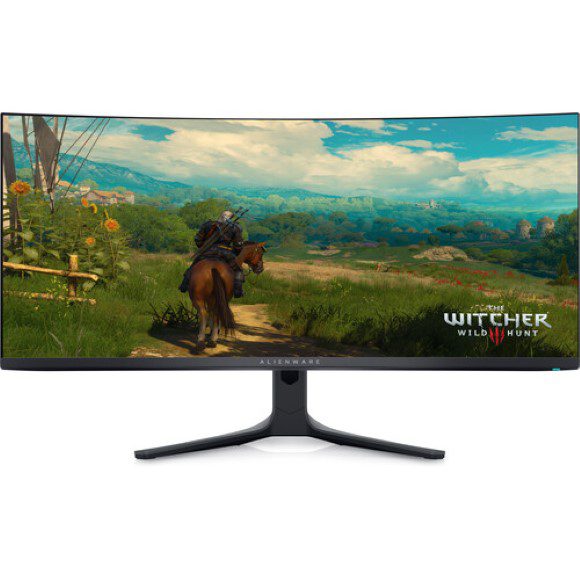
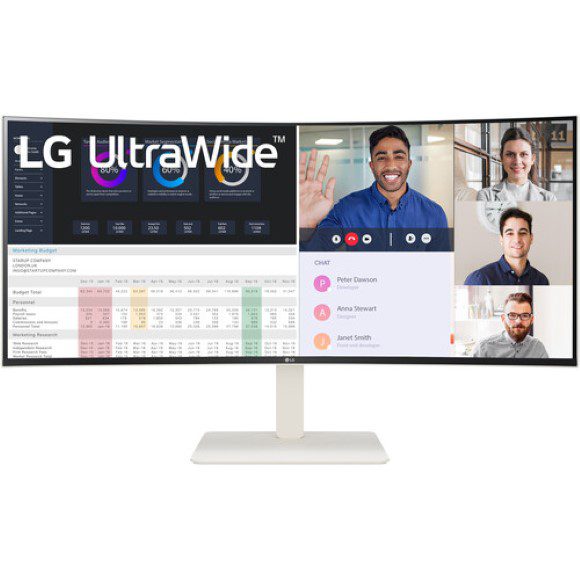




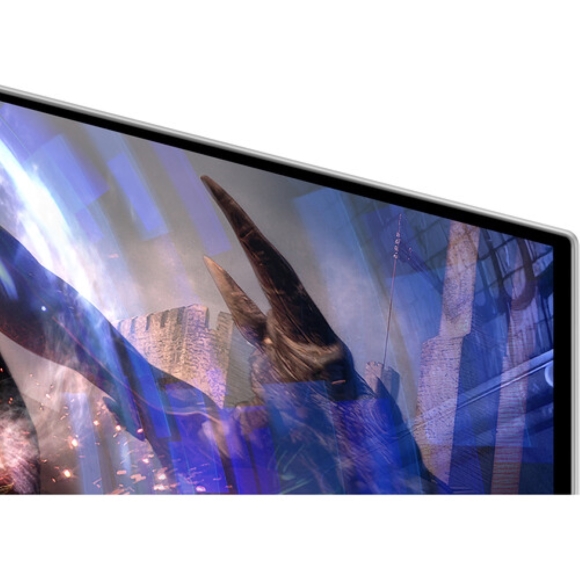


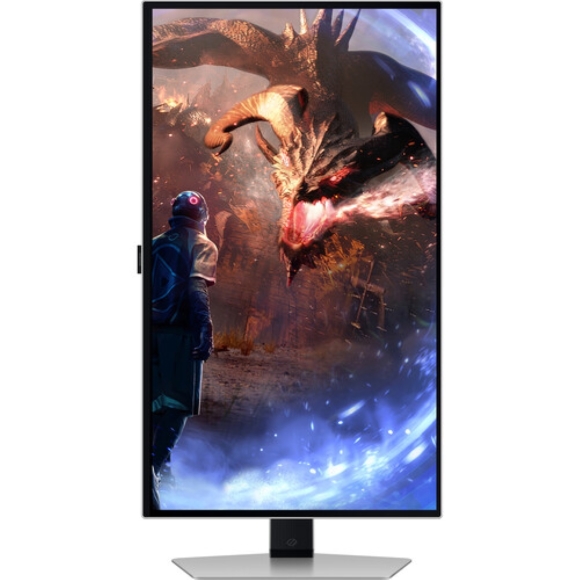

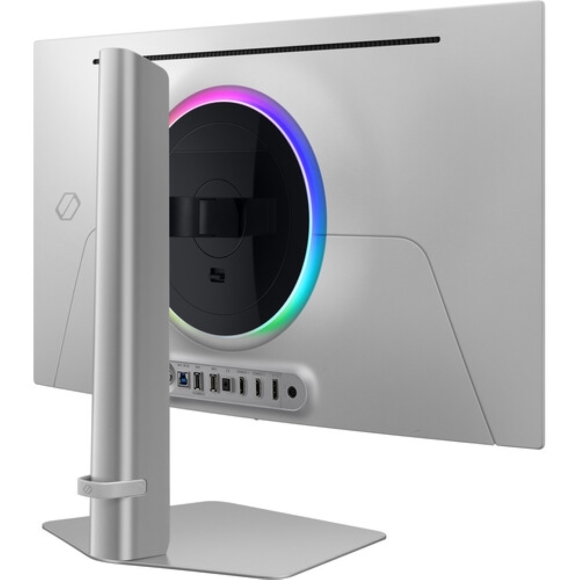
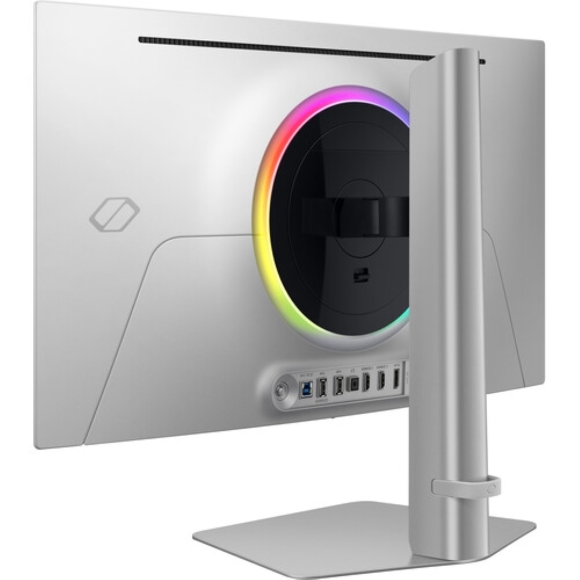



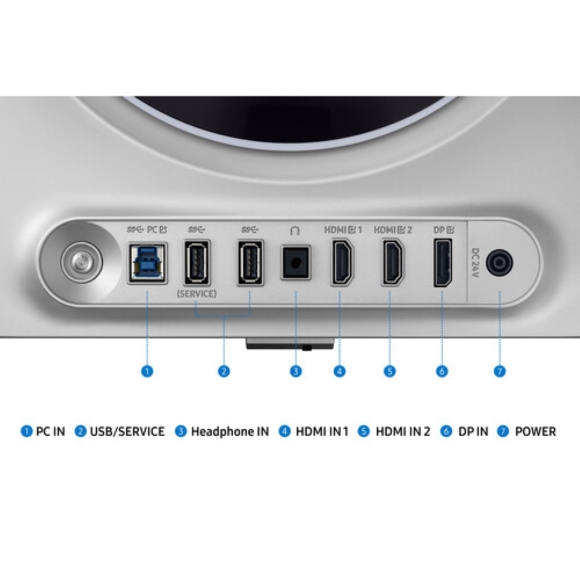
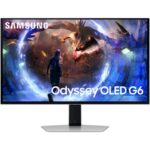
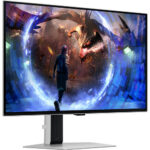
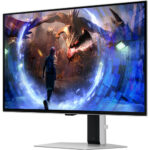
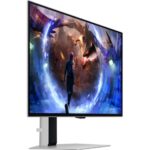
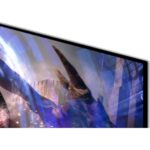
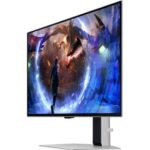

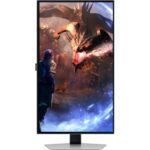
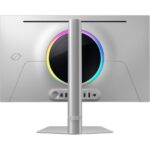
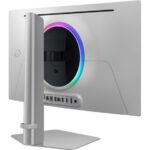
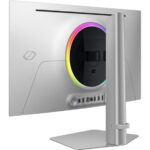
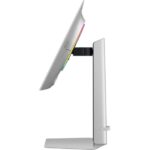
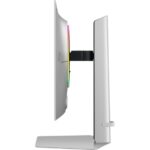
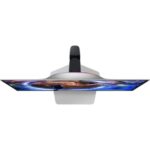
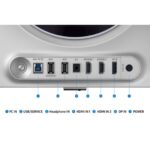
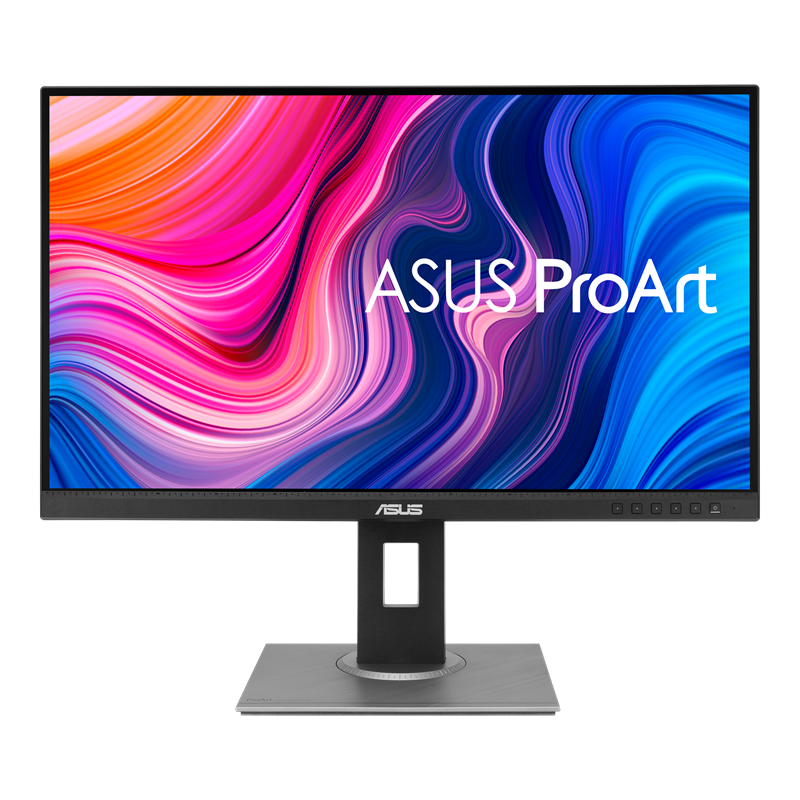

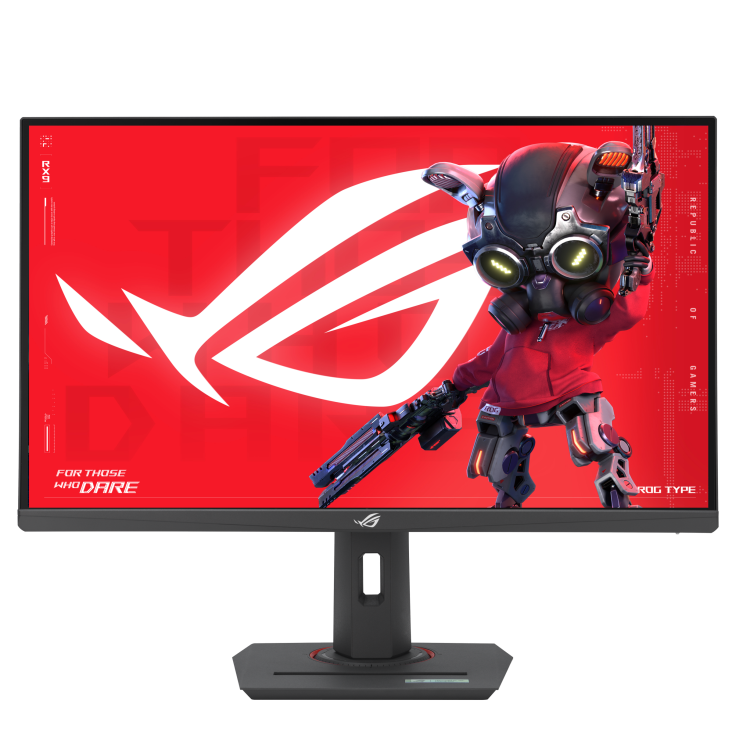
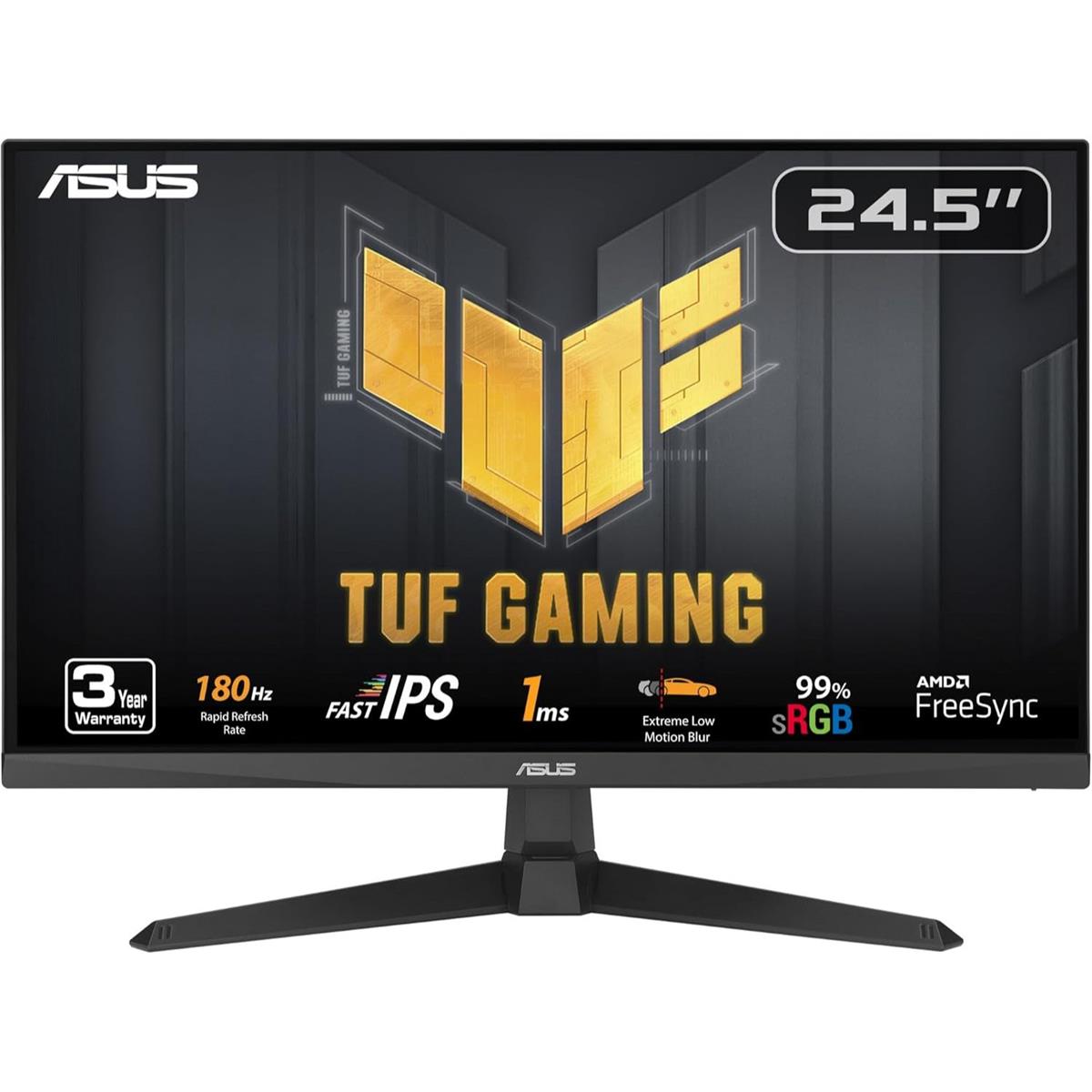
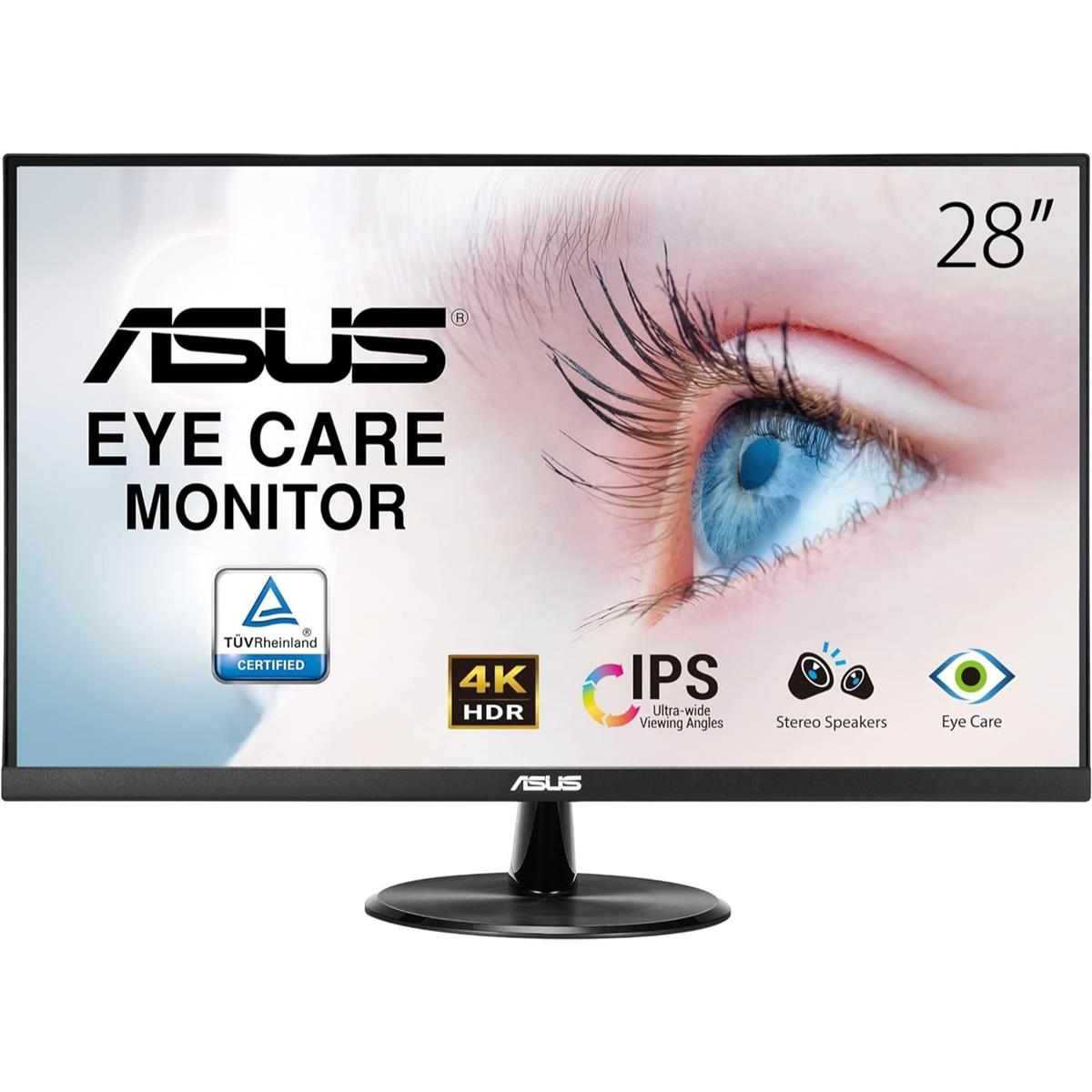
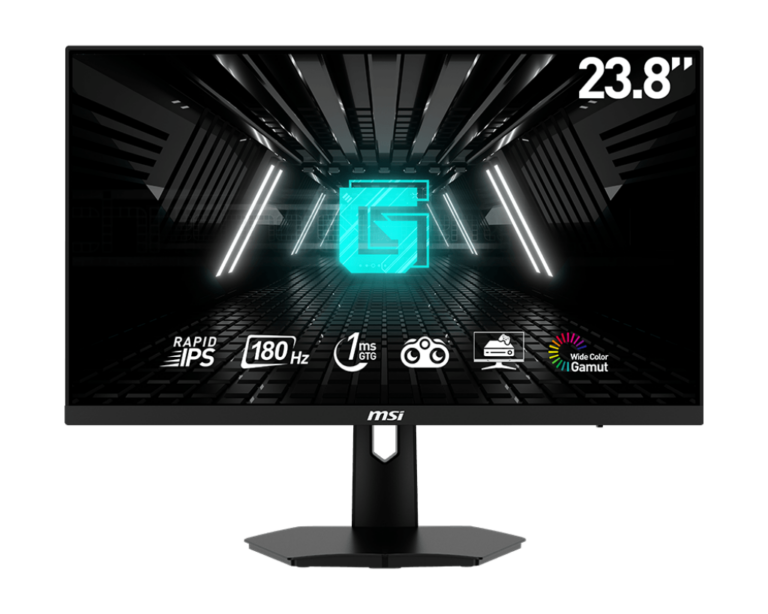
Reviews
Clear filtersThere are no reviews yet.